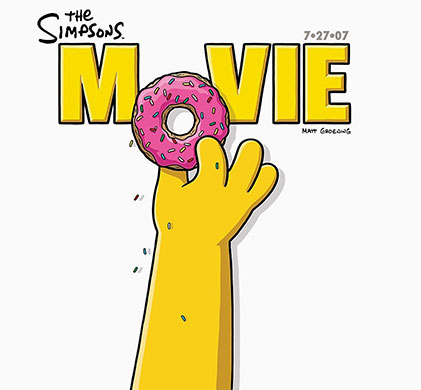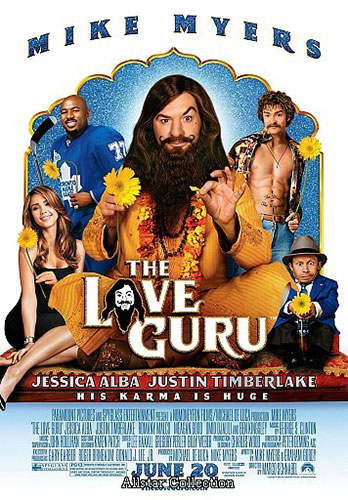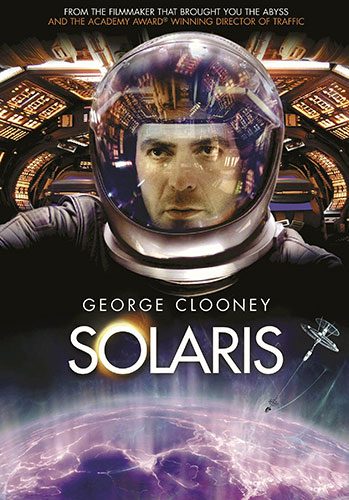a perfect circle
To lexicographers it's just the 15th letter of the English alphabet. To designers it's a perfect shape for treatment: a world, a ball, a ring, a sun, a moon, a clock, a compass, a face. It's not even just a letter; it's a number, too – if zero counts as a number. It's a solid sphere or an empty circle.
A circle is a universal symbol. Or possibly myth; Plato argued the perfect circle only existed as a Form, something that we understand but never see; a circle in the real world is always merely an imperfect interconnection of adjoining dots. There again, the artist Giotto was reputed to be able to draw a perfect circle freehand.
The letter O first appears in the ancient Semitic languages of about 1000BC as the fricative consonant ain (eye). Some time later the Greeks morphed it into a vowel, and from there it slid seamlessly into the Roman alphabet. "It came to Britain around the 6th or 7th century when the Romans standardised Old English," says David Crystal, honorary professor of linguistics at the University of Wales. Yet even Crystal can't explain O's enduring popularity as an iconographic symbol. "Like the letter X it's one of the few letters that retains its shape in upper case and lower case and that, too, has multiple meanings," he suggests.
You'll see that none of the designs pictured here uses the same symbolic shorthand as Pauline Réage. There again, her Story of O, a minority-interest read of female sexual submission, is not to everyone's taste and the symbolic association of the O with the female genitalia no longer common currency – these days the O is more likely to be read as Objectification.
Curiously, this mutability is O's biggest problem. "It can mean so many things to different people," says Michael Johnson of johnsonbanks, one of the UK's leading design agencies, "that I rarely use it in my artwork. It's also a very self-contained, static shape, so it is quite limiting. It's what is adjacent to the O that signifies its meaning; Think of O2; it's the 2 that tells you the story."
Johnson also points out that the O is rarely the perfect circle of our imagination. Or Plato's perfect alphabet. "Only a couple of fonts make O a perfect circle as it makes the O look chubby on the page. Normally they are an oval. Check out your font. I bet it's an oval." He's right.
Still, whatever problems the O has, at least no one has tried to write it out of history. In a stunningly pointless exercise, in 1969 Georges Perec wrote an entire novel, A Void, without a single E. It's probably only a matter of time before O gets it in the neck. Ranges Are Nt The Nly Fruit, anyne?






Comentários